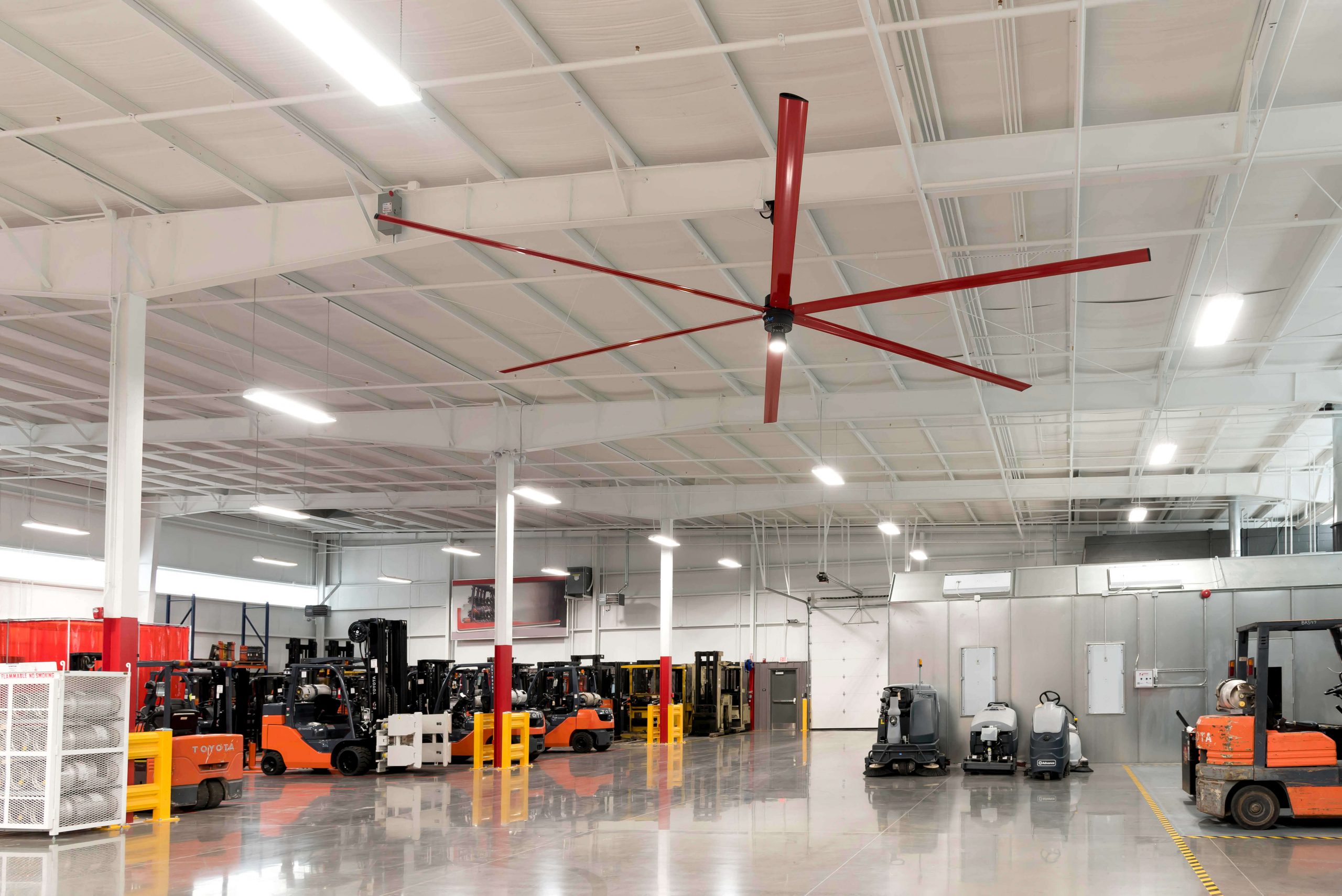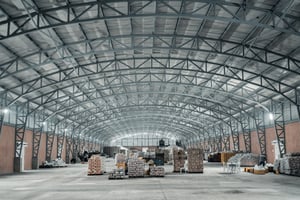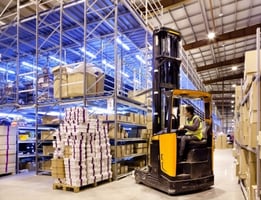4 Common Warehouse Heating Challenges (and how to solve them)
Warehouses have unique heating challenges. They tend to be large buildings with high ceilings and many doors and windows. Additionally, many warehouses accept deliveries or shipments several times a day, exposing the space to outdoor conditions. Here are four of the most common warehouse heating challenges you'll encounter and how to overcome each one.
1. Air leaks around windows
Over time, the seal around most windows will begin to wear down. This is especially problematic if you don't know about it. Since many warehouses have high windows that are difficult to reach, leaks can go unnoticed.
Solution: Check the air temperature of the areas around your window at least a few times a year to see if the air is unusually hot or cold. If so, you might have a leak. You'll want to check the insulation around the window and possibly replace or add new weatherstrips.
2. Heat collecting around the ceiling
One of the most basic characteristics of heat is its tendency to rise above cold air in a building. This difference in air density can cause problems in a warehouse, especially if it has a high ceiling. When warm air congregates around the ceiling of a building, it doesn't properly heat the lower areas where employees are.
Solution: Destratify the air in your space by increasing airflow. Greater airflow in your warehouse means the air temperature is consistent, or thermal equalized. Bringing the warm air down from the ceiling means that your employees stay warmer without you having to crank up the heater.
3. Getting heat between racks
Many warehouses are used for shipping and receiving, company equipment, or other tools. These items are often stored in racks placed along the floor at equal intervals. However, shelving and rack units can be large and wide which can create a challenge for heating around them.
Solution: Typically fans are laid out near the docking areas and in the open areas around the racking. With this layout, the fans are near the heaters and can move the heated air between the racking and throughout the space.
4. Maintaining control overheating
You always want to have sufficient control over how much heat is being pumped into your warehouse. It's important to have enough warm air coming in to keep the building comfortable, but if you have too much heating, you'll face high energy bills.
Solution: Invest in a better method of monitoring the heating in your building. A building management system (BMS) is a great way to keep an eye on how much warm air is being pushed into your warehouse. With these systems, you can remotely adjust heating levels. Thus, lowering the heat when it is not needed and saving you money.

Final word on solving warehouse heating challenges
Warehouses provide critical storage for the goods and equipment that allow industry to function. Keeping your warehouse properly heated isn't always easy, but it will help ensure that the building serves its purpose and stays comfortable for employees.

